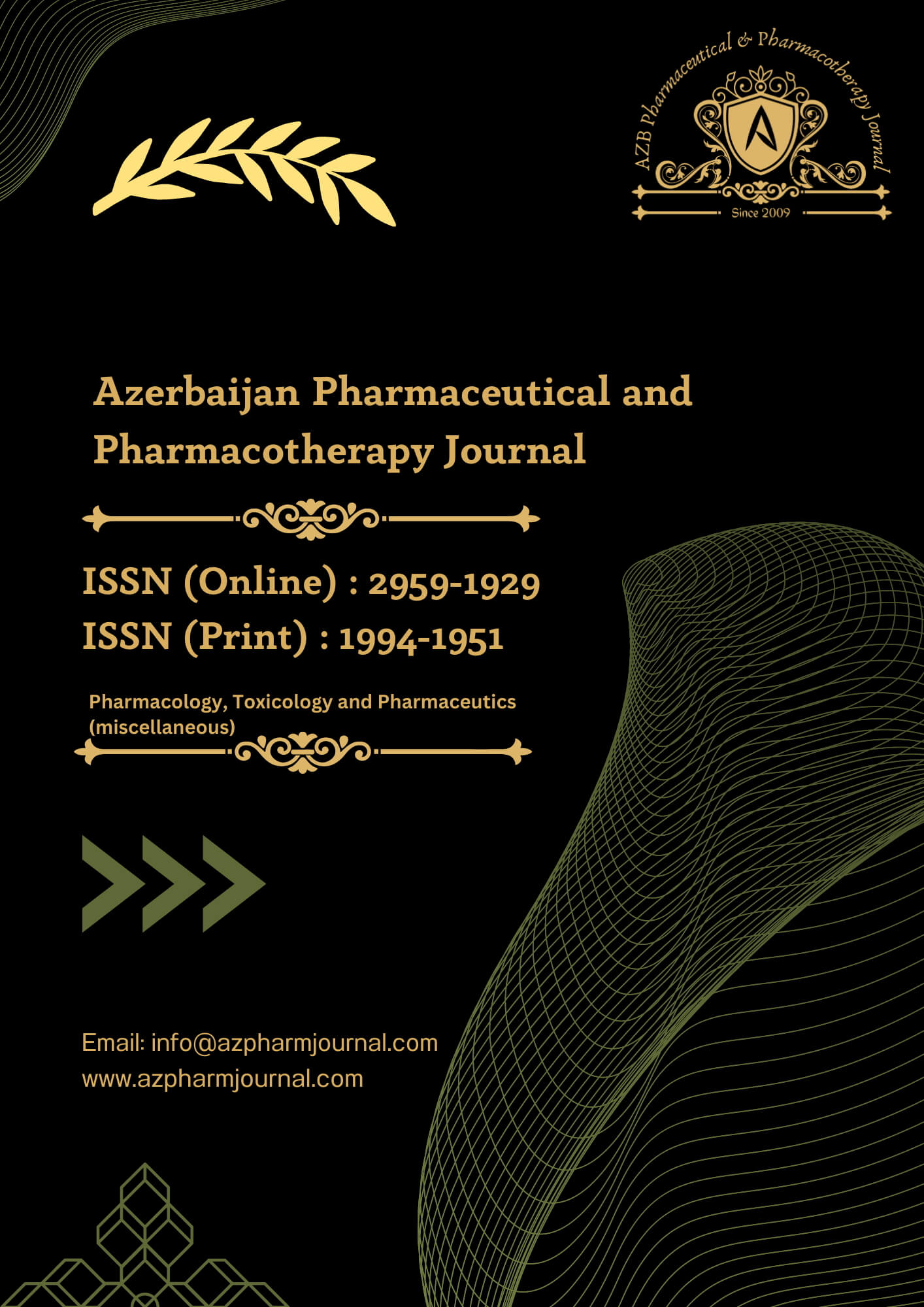1. Introduction
Organic dyes are known as hydrocarbon compounds, organic dyes consist of large molecules with a complex composition and It has a wide absorption and fluorescence spectrum in the visible and ultraviolet regions of the electromagnetic spectrum. Its molecular weight is large because it contains conjugate chains composed of carbon atoms linked by single other double, alternating bonds, which is called the chromophore system [1]. The chromophore is characterized by the absorption of light in the ultraviolet and visible regions, making the dye colored Because absorption transitions S1 to S0 occur in the visible region [2]. Chromophores are the group responsible for giving coloring to the molecule, so the dye molecule appears to be of a certain color to some dyes that absorb wavelengths within the range (800nm-400nm) [3].
polymers have become profitable for sensor technologies, because of their low-cost materials and their fabrication techniques being quite simple. in the past few decades, significant interest has been shown in polymer-based sensing materials, which exhibit a change in their absorption and/or fluorescence characteristics in response to an external stimulus. some examples of these stimuli include heat, deformation, chemicals, light, and others, which make the sensors useful for a wide range of technologies [4].
Polyvinylpyrrolidone (PVP) has been widely used in many fields, because of its outstanding chemical stability, transparent optical property, low cost, high performance of the products, and combined with the wide range of its properties. lt has enormous technical and economic importance, even though its degradation at high temperatures is still an intensively studied problem by many scientists [5]. lt can incorporate dye molecules to become colorful and functional. indeed, incorporating dyes into polymer-supported matrices, such as PVP, could keep them far away from the disturbance of external environments, which remarkably influences the spectral properties of dyes [6].
Nanotechnology is a modern field of science that plays a dominant role in our life. Nanotechnology deals with the production and manipulation of a particle structure ranging from about 1 to 100 nanometers [7]. Nanotechnology has many applications in medical chemistry, atomic physics, and other fields [8]. A large number of studies have focused on noble metal nanoparticles (NPs) such as gold (Au), silver (Ag), copper (Cu), and platinum (Pt) due to their Plasmonic properties [9,10]. Gold has a special blend of chemical and physical characteristics in states as macroscopic and macroscopic: On a scale microscopic, it is recognized for its yellow unique color, the potential for high redox, and chemically stable. lt’s electronic stucture outcome and comprehension that starts with the science of quantum along with Einstein’s relativity hypothesis [11]. The reason why nanoparticles of noble metals are distinguished is because of their plasmonic frequency in the visible region that gives the colors and ineresting optical properties and their unique ineraction with light [12].
Since it is widely used for the synthesis of new innovative materials, particularly for drilling microvias in high density printed circuit boards in microelectronic packaging, the laser ablation technique has sparked a lot of interest [31]. When a strong laser beam strikes a solid object, laser ablation plasma forms above the target’s surface. Laser ablation is a cost-effective and contaminant-free approach for a wide range of materials [13]. Laser ablation in liquid has opened up new vistas for nanostructure manufacture, and as a result, there has been a recent surge in research into the formation of nanostructures using this new technology. By contrasting established physical procedures such as chemical vapor deposition, vapor phase transport, and vacuum laser ablation with other methods, it is possible to arrive at a conclusion. Due to the great efficiency of the deleted components, and pure colloidal solutions of nanoparticles can form a product, liquid phase laser ablation offers several advantages, including the nanoparticles are fairly crystalline and can be obtained quickly, in one step, without any subsequent heat treatment. It clumps together in the colloidal solution [14].
Because of the unique features of outer polymer layers, polymer chains grafted/coated on the surfaces of gold nanoparticles can not only improve the stability of gold cores but also functionalize them. The "smart" nanocomposites made up of gold nanoparticles and intelligent polymers, in particular, exhibit important and exceptional characteristics [15, 16]. Due to live polymer components, this integrated work utilizes a simple path for multifunctional materials and permits a number of unique technological applications [17, 18]. Intelligent polymers are also referred to as "stimuli-responsive" or "environmentally sensitive" polymers in theory [1,20].
